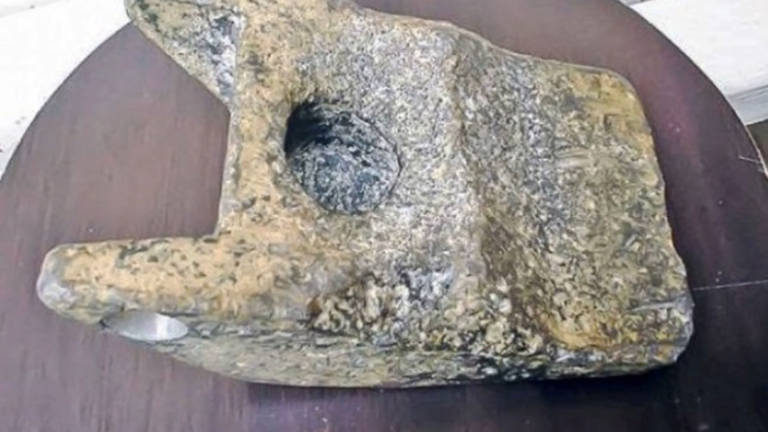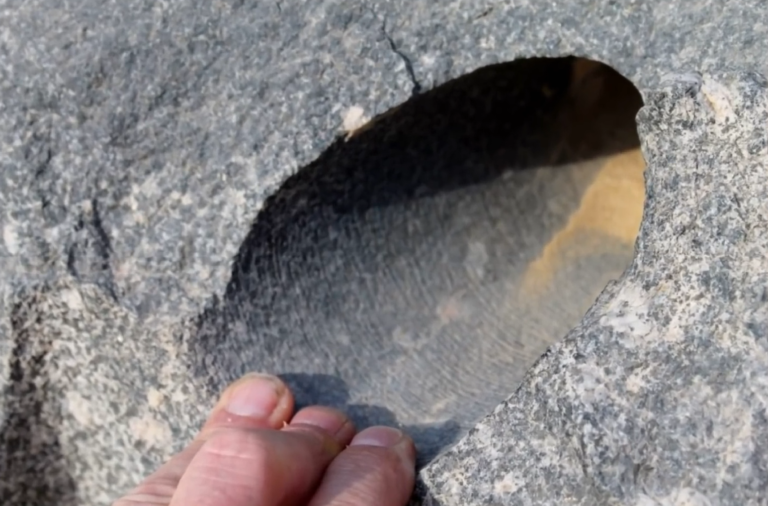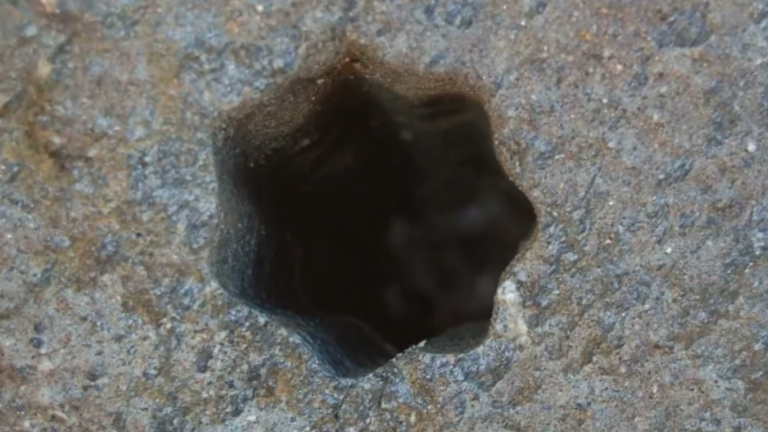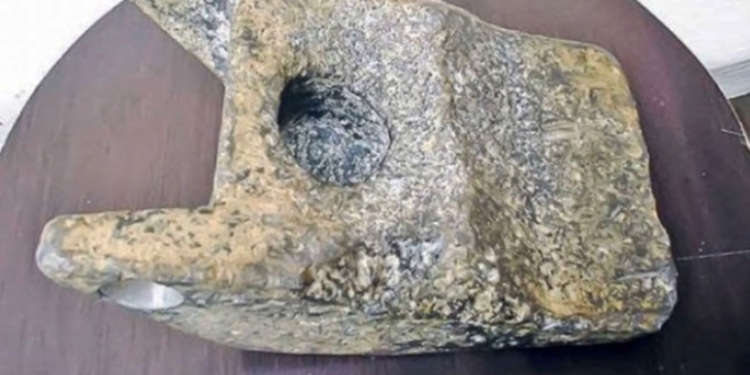Archeology is a process that never ends. The traces of the people and places that came before us are beneath our feet all the time. And somewhere in the globe, a discovery is always being made.
People will very likely be excavating traces of our existing society 500 years from now, trying to figure out how we lived and what we believed in.
We keep an eye on the most fascinating archaeological projects all across the world.
Delhi’s Mysterious 1,500-Year-Old Ashoka Pillar
Is Delhi’s iron pillar an example of steelwork that was more than 1,000 years ahead of its time, or was it a lucky accident? Scientists have never been able to agree on an answer to that question, and it’s unlikely they will ever do so.

The whole surface of the 22-foot-tall monument is coated with an exceedingly thin coating of miso white, which keeps the iron beneath it from being exposed to air and rusting.
It’s unclear how such a technically difficult feat could have been accomplished by 1,500year-old coal furnaces.
It took several centuries for someone to devise a method of rustproofing on purpose. So either the Indians kept their knowledge to themselves, or they never planned to rust-proof the pillar in the first place.
Mysterious Out of Place Artifact 250,000 Years Old:
Humans first made aluminum two millennia ago. As we explore this wonderful relic, please keep that in mind.
It was discovered in Romania in 1973, but because Romania was a communist and clandestine nation at the time, the white scientific world was unaware of it until much later.

It appears to have formerly been a component of an Axe, based on its shape and design. There was no one there 250,000 years ago to build axes, and even if there had been, they wouldn’t have been able to do it with this material.
The Romanian lab’s findings were so unexpected that the object was sent to a facility in Lausanne, Switzerland, for confirmation. The Swiss researchers arrived at the same conclusions as to their Romanian counterparts.
Conspiracy theorists allege that the relic is a component of an extraterrestrial spaceship that visited Earth in the ancient past and was left behind. Perhaps they’re correct, albeit scientists don’t have a better answer.
Ancient Egypt’s Drill Holes And Saw Marks, Lost Ancient Technology:

We tend to ignore them since drilling flawless holes isn’t difficult now, but it should have been impossible for 2,000year-old humans.
Hundreds of instances of the holes may be found at the Abu Gorab site near Abusir, several of which have been drilled through several inches of solid granite.
We’d need a hydraulic drill today to replicate this procedure, and even then, we’d need to employ a diamond tip to ensure the instrument could pierce the rock.

Stone and wooden tools, as well as copper saws, were the sole instruments utilized in the construction of these constructions, according to historians.
None of them would have been capable of creating these holes, therefore we must ask ourselves how they did it. Unfortunately, scientists have no answer.
The Pythagoras cup is our next relic, and its genesis story is so rich in myth and mythology that we almost don’t know where to begin. The Pythagoras cup, also known as the tantalus cup, is a kind of cup invented by Pythagoras.
The most widely held belief is that it was devised by the famous genius Pythagoras of Samos as a means of keeping his workers from becoming inebriated while on the job.

The cup cleverly conceals a u-shaped pipe in its core. As the cup fills with liquid pressure builds up inside the pipe until it can take no more and pours everything out of the base.
Because this would have been a lot of fun to see, there’s a good likelihood it was designed as a practical joke rather than a strategy to keep workers sober.
It may or may not have had much to do with Pythagoras, yet the 2,600year-old physicist’s name is still associated with it.























